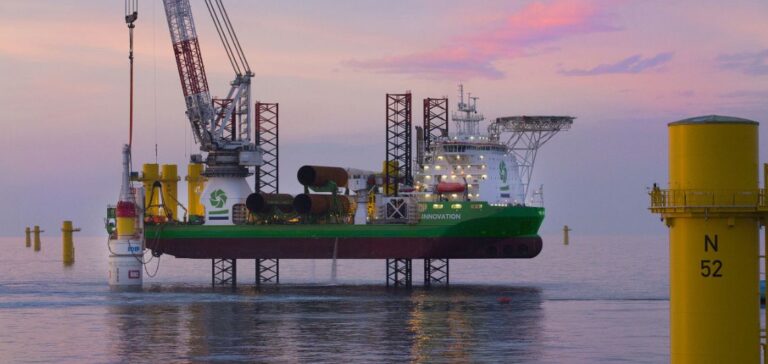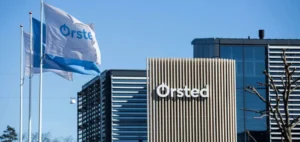In a strategic move to strengthen its presence in the renewable energy sector, Copenhagen Infrastructure Partners (CIP) has announced the acquisition of two feasibility licenses for the development of offshore wind projects in Australia. This announcement marks a significant step forward, as CIP has obtained exclusive development rights for two areas, covering 586 km² and 689 km² respectively. Once fully operational, these projects could generate up to 4.4 GW of capacity, enough to power around 2.4 million Australian homes.
Creation of Southerly Ten
In parallel with the licensing process, CIP launched Southerly Ten, a platform dedicated specifically to the development and delivery of offshore wind projects in Australia. This initiative illustrates CIP’s ongoing commitment to harnessing the energy, climate and economic benefits of offshore wind in the Australian market. Southerly Ten will be led by Charles Rattray, an Australian executive with over twenty years’ experience in the energy and finance sectors, underlining the importance of local governance and expertise in leading such ambitious projects.
Local impact and prospects
CIP’s commitment to Australia, via Southerly Ten, is not limited to energy production. It is part of a wider initiative to boost the country’s offshore wind industry. Jørn Hammer, partner and head of CIP Australia, expressed his enthusiasm: “CIP has been a pioneer in offshore wind development in Australia and we are delighted with Southerly Ten’s expansion prospects, which will draw on our global experience to develop these initiatives.” Projects like Star of the South and Kut-Wut Brataualung promise not only to transform Australia’s energy landscape, but also to make a significant contribution to the country’s green energy transition.
Economic contributions and job creation
The development of these offshore wind projects is expected to stimulate the local economy by creating jobs and economic opportunities in coastal regions. These initiatives align economic objectives with environmental imperatives, creating a sustainable model for future development. “I’m delighted to be leading Southerly Ten and helping to establish an offshore wind industry in Australia, while continuing to develop our pipeline,” said Charles Rattray. The feasibility licenses granted to CIP for its offshore wind projects in Australia represent a turning point for the country’s energy industry. With enough planned capacity to power millions of homes, these projects demonstrate the potential of offshore wind energy not only as a sustainable energy solution, but also as a driver of economic growth and regional development.






















